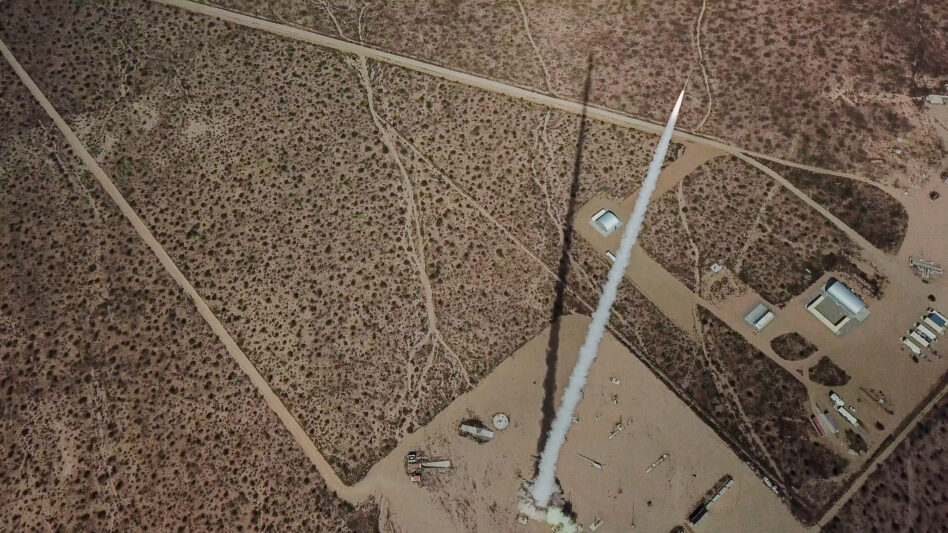Another day, another win for hypersonics.
Startup defense manufacturer Castelion announced yesterday that it has raised $100M in debt and equity funding to build hypersonic missile systems. The round comprises $70M in Series A funding led by Lightspeed Venture Partners with participation from a16z, Lavrock Ventures, Cantos, First In, BlueYard Capital, and Interlagos, and $30M in venture debt from Silicon Valley Bank.
“Traditional defense manufacturing processes aren’t meeting the demands of today’s strategic landscape, where speed and quantity are key,” Alex Poulin, a partner at Lavrock Ventures and member of Castelion’s board of directors, told Tectonic. “We invested in Castelion from the very beginning because we believe they are uniquely positioned to break the mold.”
- The funding will be used to build a 1,000-acre manufacturing facility (location TBD), planned to begin operations in 2026.
- Castelion will also ramp up to a flight test this summer.
- The Air Force, Army, and Navy have so far awarded the company over $22M in contracts.
In the fast lane: Castelion was founded in El Segundo in 2022 by three ex-SpaceX employees—Bryon Hargis, Sean Pitt, and Andrew Kreitz—and has worked to mass-produce lower-cost hypersonic missiles ever since. Their ethos is simple: The DoD and its primes are producing too few hypersonic missiles, too slowly, and at too high a cost, even as China and Russia scale up their capabilities.
“The US has lost all of its non-nuclear deterrent capability in the western Pacific. China has been focused for decades on building out capabilities and systems to basically push the US and allies offshore,” Castelion CEO Bryon Hargis told Tectonic. “US systems have not kept pace in terms of the ability to counter that.”
Castelion wants to help the US catch up. Like SpaceX did with rockets and launches, the company says it can develop and field hypersonic weapons faster, cheaper, and at scale.
A sea of trouble: Keeping hypersonic missiles aimed at key Chinese assets could make leadership in Beijing second-guess any potential aggression, like an invasion of Taiwan, Hargis said—but to make this threat credible, the US needs to be able to produce many, many more of these weapons.
Castelion leadership thinks hypersonic weapons development could ramp up under the Trump administration. “There is a recognition from the administration that, hey, if we continue down the path that we have, our systems will be too expensive and too exquisite,” COO and co-founder Sean Pitt told Tectonic. “You also need to have an affordable, mass solution, which probably is best provided by a non-traditional like Castelion.”

